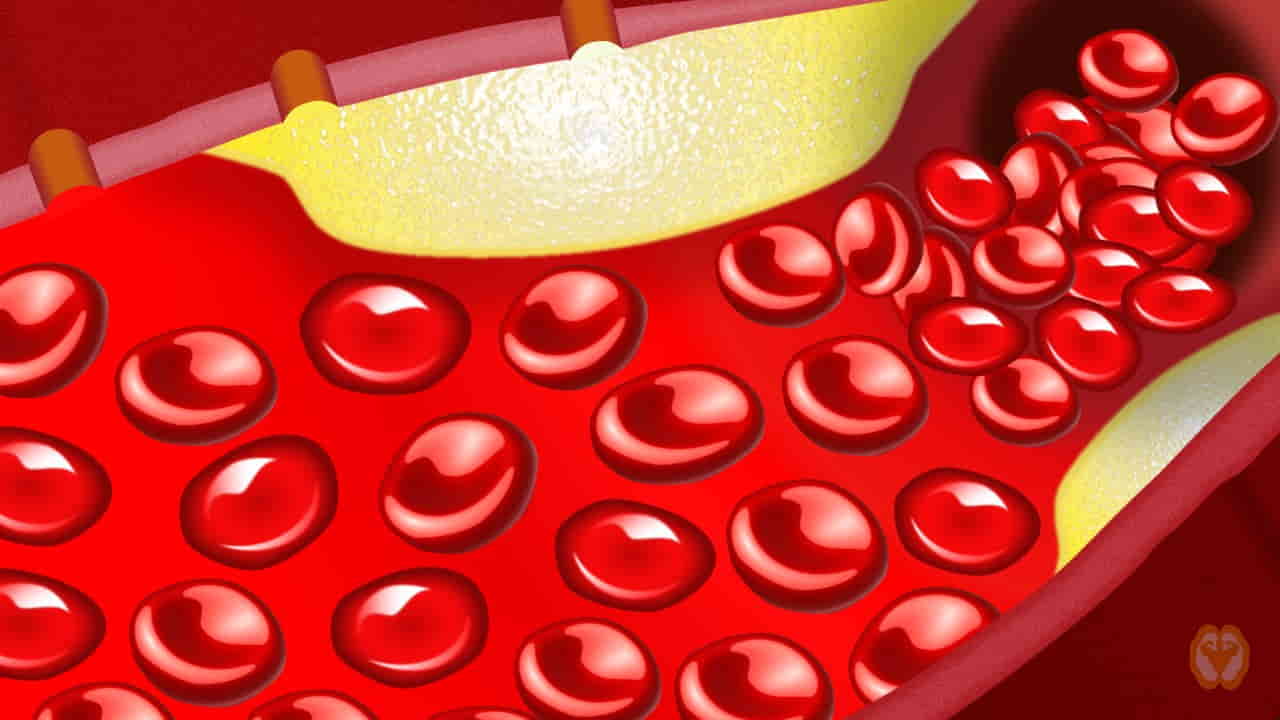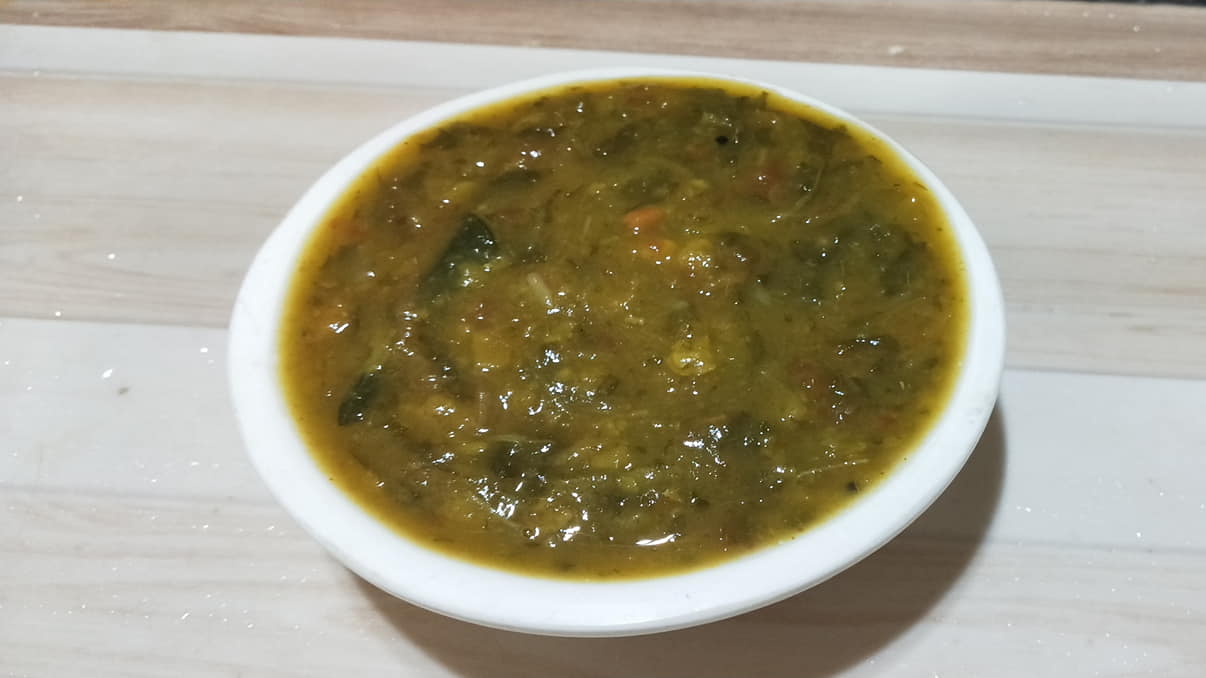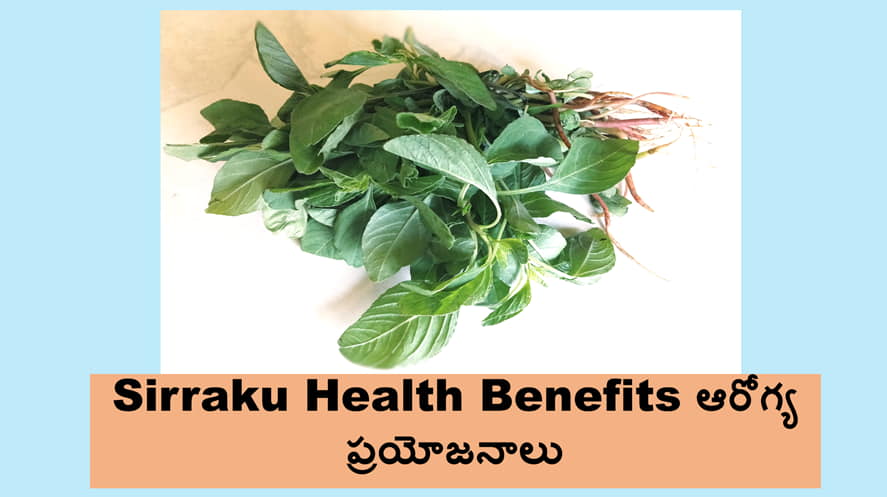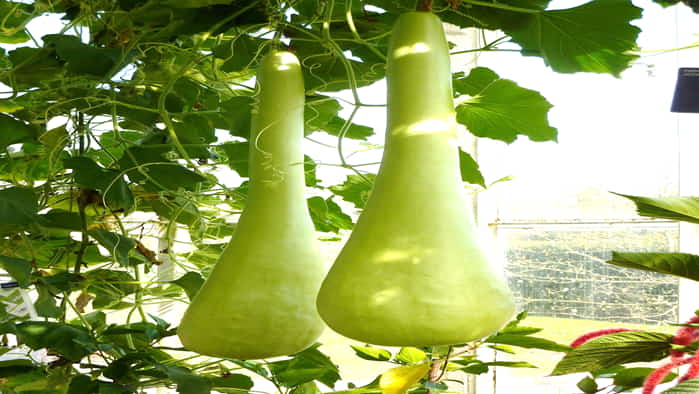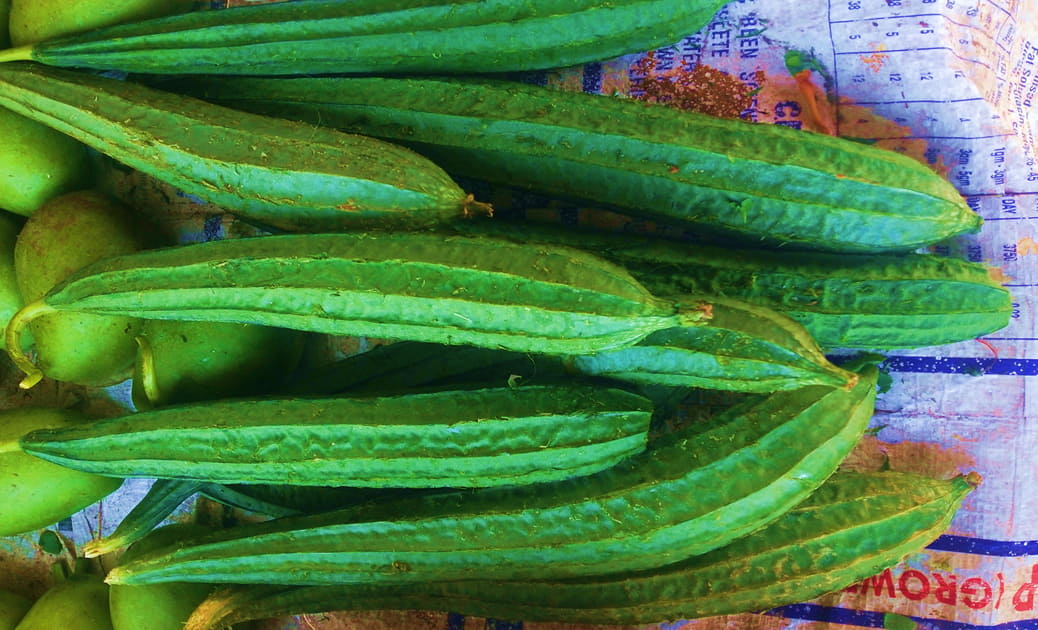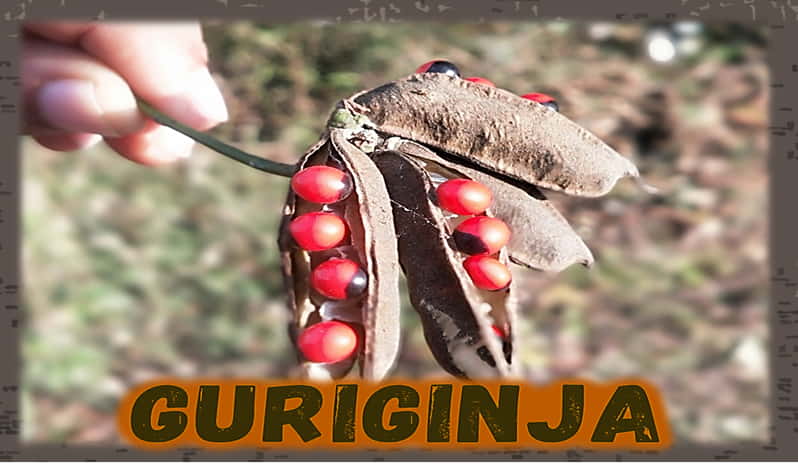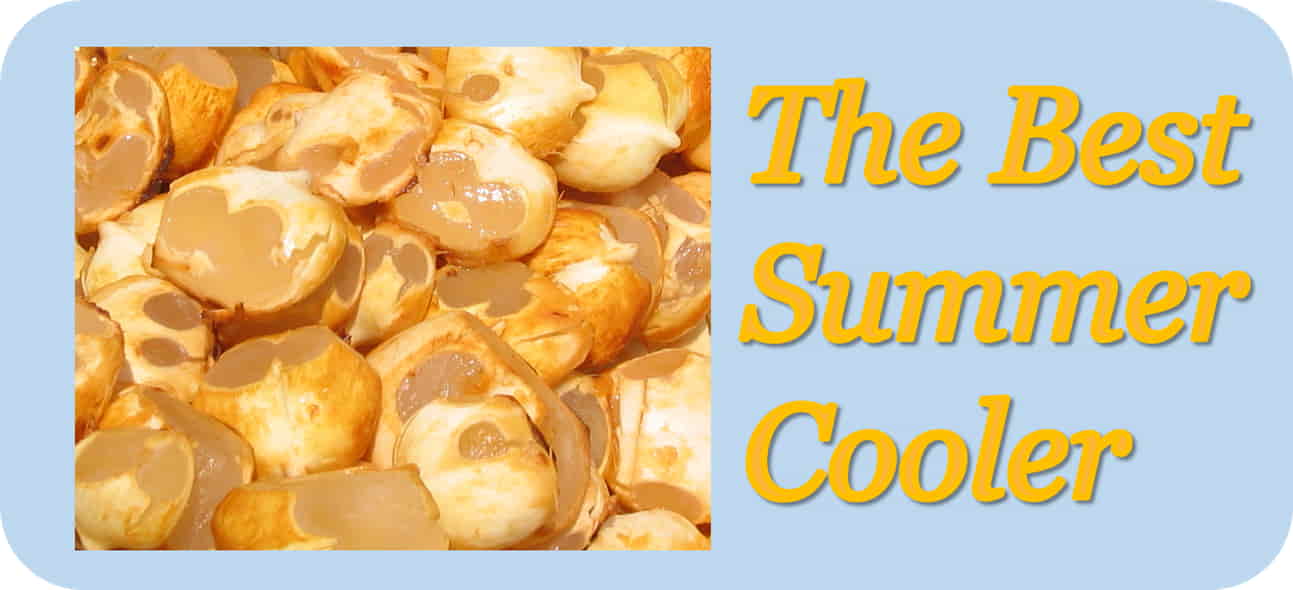Are you trying to get the answer to the question: what do we call Jalaga in English? Very good. Here, we have published the most comprehensive and up-to-date information that answers this question on this page, complete with relevant examples. Additionally, we discussed some Jalaga facts and advantages that have been supported by scientific studies.
జలగలు అనేది అన్నెలిడా అనే ఫైలమ్లోని హిరుడినియా ఉపవర్గాన్నిచెందిన పరాన్నజీవిగా లేదా దోపిడీ పురుగులుగా కనుగొనడం జరిగింది. జలగలు వానపాము కి మరియు ఒలిగోచైట్లకి దగ్గరి సంబందాన్ని కలిగి ఉంటాయి. జలగలకు మృదువైన, కండరాలు తో విభజించబడిన శరీరం ఉండి కుదించబడి ఉంటుంది.
Jalaga in English
- Leech (లీచ్)
- Hirudinean (హిరుడినిఅన్)
- Horseleech (హార్సెలీచ్)
- Leech (segmented parasitic or predatory worms)
- Hirudinean (typically, these are terrestrial worms or aquatic leaches, which are carnivorous or bloodsuckers. They contain a sucker on each site of the body (anterior and posterior suckers).
- Horseleech (a huge predatory leech that lives in freshwater and terrestrial environments and eats small invertebrates and carrion)
Buy Anti Leech Socks, for roaming in Mud or Wetlands, on Amazon
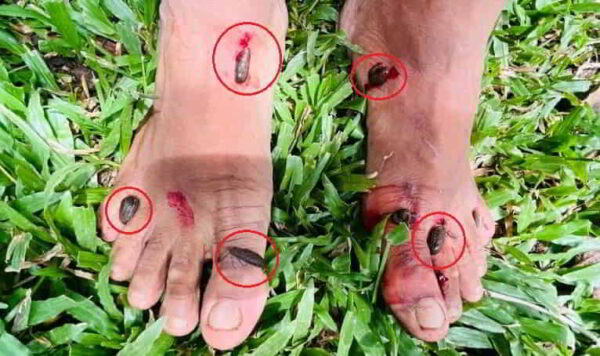
Other Names of Leaches
- Hirudo medicinalis: (Alternatively, this is known as the European medicinal leech. It is one of many leech species that are used as “medical leeches.” Hirudo leaches of other species of occasionally employed as therapeutic leeches)
- Bloodsuckers
- Freeloaders
- Moochers

Facts about Jalaga in English
Leeches are worms that can live in water or on land and suck the blood of both vertebrates and invertebrates.
Leeches that are predators might feed on other invertebrates like insect larvae, earthworms, snails, and other leeches.
Other types of leaches that are parasitic leeches feed on the blood of fishes, birds, amphibians, and mammals.
The common animals which are affected by leech include frogs, lizards, birds, or if given a chance, larger animals like humans, tigers, lions, elephants, etc.
The leech saliva contains a variety of chemicals, including calin, hyaluronidase, hirudin (potent antithrombin), and calin.
The majority of leech bites happen when bathing, drinking non-purified water, or swimming in contaminated water.
Both an anterior and a posterior oral sucker are present in leeches. However, feeding occurs only through the anterior sucker. When the leech attaches to the host, an anesthetic is released in order to blind the host to the parasite’s presence.
Leaches are currently less common than they were in the past because sanitation efforts have reduced the frequency of nasal leech infestation in developed countries.
The location of the leech frequently necessitates the use of special situational removal techniques.
Interestingly, bacteria belonging to the genus Aeromonas live within the gut of the leech.
Facts about Jalaga in Telugu
జలగలు నీటిలో లేదా భూమిపై జీవించగల పురుగులు మరియు ఇవి సకశేరుకాలు మరియు అకశేరుకాలు రెండింటి యొక్క రక్తాన్ని పీల్చుకుంటాయి.
Predatory Leeaches కీటకాల లార్వా ను , వానపాములు, నత్తలు మరియు ఇతర జలగలు వంటి ఇతర అకశేరుకాలను తింటాయి.
పరాన్నజీవి జలగలు ఇతర రకాల జలగలు, చేపలును, పక్షులు, ఉభయచరాలు మరియు క్షీరదాల రక్తాన్ని ఆహారంగా తింటాయి.
జలగ ద్వారా ప్రభావితమయ్యే సాధారణ జంతువులు కప్పలు, బల్లులు, పక్షులు, లేదా అవకాశం ఇస్తే, పెద్ద జంతువులు అయినటువంటి మానవులు, పులులు, సింహాలు, ఏనుగులు మొదలైనవి.
లీచ్ లాలాజలంలో క్యాలిన్, హైలురోనిడేస్, హిరుడిన్ (శక్తివంతమైన యాంటిథ్రాంబిన్) మరియు క్యాలిన్ వంటి అనేక రకాల రసాయనాలు ఉంటాయి.
జలగ కాటు ఎక్కువగా స్నానం చేస్తున్నప్పుడు, శుద్ధి చేయని నీటిని తాగినప్పుడు లేదా కలుషితమైన నీటిలో ఈత కొట్టినప్పుడు సంభవిస్తుంది.
జలగలో ముందు మరియు వెనుక వైపున “నోటి సక్కర్” అనేవి రెండ ఉంటాయి. అయితే, ఆహారాన్ని పూర్వ సక్కర్ ద్వారా మాత్రమే తీసుకుంటుంది. జలగ ఇతరజీవికి అంటుకున్నవెంటనే, దాని ఉనికిని గుర్తించకుండా ఇతర జీవికి తెలియకుండా ఉండటానికి ఒక మత్తుమందు విడుదల చేయబడుతుంది.
అభివృద్ధి చెందిన దేశాలలో పారిశుద్ధ్య ప్రయత్నాలు ద్వారా జలగల యొక్క అభివృద్ధిని తగ్గించినందున, జలగలు యొక్క ప్రభావము గతంలో కంటే ప్రస్తుతం తక్కువగా ఉన్నది.
జలగ అంటుకున్న ప్రదేశాన్ని బట్టి, జలగను తొలగించే పద్ధతులు వేరు వేరుగా ఉంటాయి.
వింత ఏమిటంటే, ఏరోమోనాస్ జాతికి చెందిన బాక్టీరియా జలగ యొక్క ప్రేగులలో నివసిస్తుంది.
Frequently asked questions
Why is a leech called Hirudinaria?
Answer: In order to prevent blood clotting, hirudin, a protein component that is a specialized trait of leeches, is released by them, speeding up the feeding process. As a result, they were given the name “Hirudinaria” based on the precise name of their protein.
What can a leech do to people?
Answer: In some cases, leeches are useful. They serve a medical purpose as they contain tiny teeth. Specific species of leeches known as “medical leeches” are employed by surgeons during operations and in the treatment of a variety of illnesses, such as blood clots at specific places, varicose veins, and bacterial infections. Hirudotherapy refers to the application of leeches in medicine.
